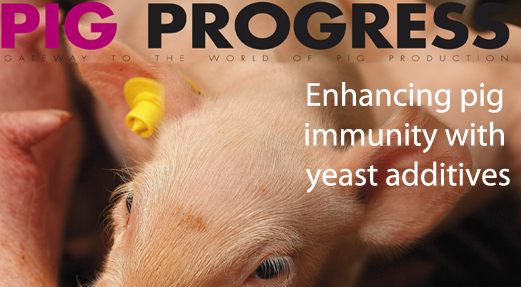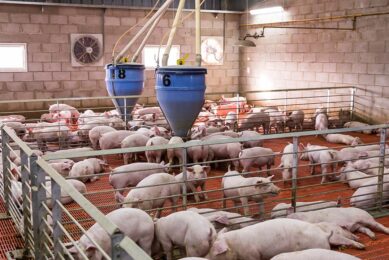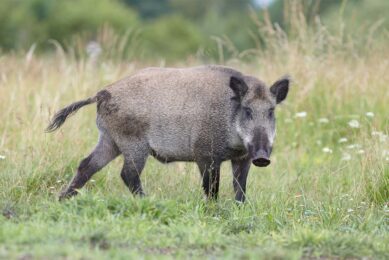Pig Progress 2: On pig diarrhoea and claw videos

Pig diarrhoea – it may not be the nicest of subjects to photograph, but it is certainly important when all that matters is raising pigs in the best conditions possible. There’s plenty of information on diarrhoea the latest issue of Pig Progress.
About Porcine Epidemic Diarrhoea virus (PEDv), a lot has been said and written. It is even become clear that over the world, different strains of PEDv have emerged. Most notably, a more severe PEDv strain that is well known in North America and Asia, and a less catastrophic variety in again the US and mainland Europe.
For Pig Progress, author Andrea Ladinig from the University of Vienna, Austria, kindly put it all together. Which virus broke out when and where – and what were causes and consequences? Page 24.
Discovering diarrhoea-causing pathogens
More practical is the question how to discover diarrhoea-causing pathogens rapidly? After all, a rapid and early detection ensures a targeted treatment. If early detection can lead to a very low dosage of antibiotics applied in only one pen, a world is won. Authors Dr Ken Steen Pedersen, Ø-Vet and Dr Nicolai Rosiger Weber, University of Copenhagen, Denmark, saw an added value in using ‘sock sampling’. Page 22.
From there it is just a short step to zoom out to the United States. How is the country doing after the PED epidemic? Dr John Strak thinks that in the long run, the USA might actually do well because of the disease: it clearly showed that good biosecurity is a ‘must-have’ now. This, and other topics are discussed in a tempting article titled, ‘What if the US pig sector lived up to its potential?’ Page 12.
Feed additives – how can they help to reduce antibiotics?
One other focus of this magazine is ‘feed additives’, and this issue highlights different types of additives. The more that becomes known about the functionality of phytogenics, the stronger the proof gets that they can play a role in reducing antibiotic usage. Authors Sabine Pruckner, Nataliya Roth and Diego Padoan, Biomin, explain the results of trials in China. Page 30.
Much the same can be said about yeast, as ongoing research tells more about its function to regulate immune status in piglets. David Saornil at Lallemand Animal Nutrition tells all about it. Page 32.
Farm visit in Brittany, France
Algae are also known to enhance pig health. A French farm used algae products in all possible ways, to enhance a pig farm’s already good health status. Pig Progress took a look. Page 20.
Where feed additives can also play a role, is in keeping sow claws healthy. Knowing more about pig claws can be achieved by knowing better how the owners use them. That is why a team at Leipzig University, Germany, filmed pig motion using X-ray high speed cameras. Page 8.
Swill feed: to use or not to use?
In an attempt to feed the world by 2050, a plea was launched recently to start re-introducing swill as pig feed. Not randomly, but very well thought-through, in a controlled way. Examples from South Korea and Japan tell a success story. An idea, launched by Erasmus zu Ermgassen, Cambridge University, UK, that is worth giving some thought. Page 28.
And which are the effects of bad-doing age groups in a pig farm? They continue to do bad in the next age group. Time to appreciate each phase of life of each pig, Dr Brenda de Rodas, Purina Animal Nutrition writes. Page 27.
Regular ingredients include columns by John Gadd (on new technical terms), by Dr Casey Bradley (on little things that make big things happen), the Bigger Picture (taking you to Chongqing, China) and Numbers & Figures (where is most feed produced?).
The digital version of the magazine can be read after a quick registration.
 Beheer
Beheer
















 WP Admin
WP Admin  Bewerk bericht
Bewerk bericht